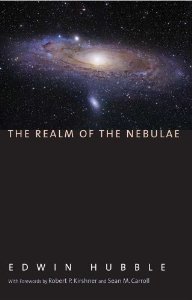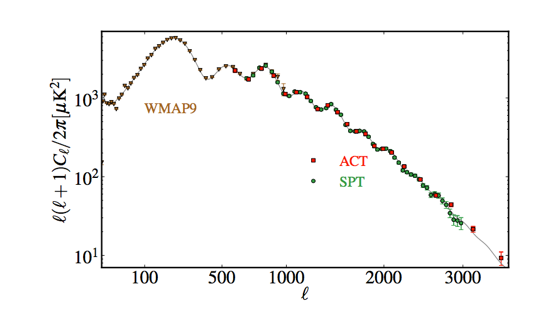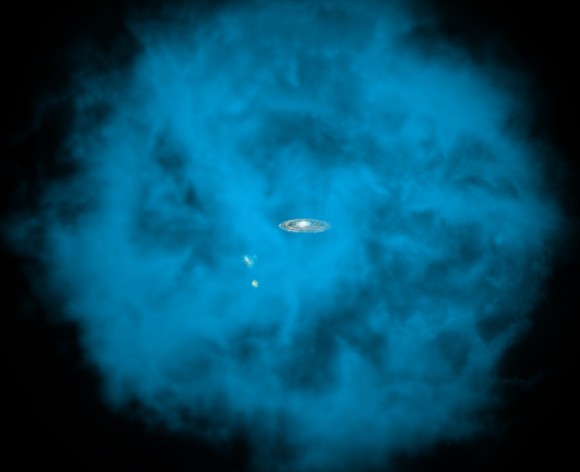The relationship between science and morality popped up again on some of the blogs I regularly read, but real life getting in the way has prevented me from responding until now. Here’s Michael Shermer, Eric MacDonald, Massimo Pigliucci, and Jerry Coyne. I’ve spoken about this stuff more than anyone wants to hear (1, 2, 3, 4, 5, 6), but perhaps the wisdom that comes with advancing age has helped me boil the point down to the essence more effectively.
Morality will never be reduced to science, nor subsumed into the greater scientific project. It will increasingly make use of scientific discoveries, but it is fundamentally a separate endeavor; there will always be something necessary to get morality off the ground that simply isn’t part of science.
Here are some statements that are solidly part of science:
- The universe is expanding.
- Oxygen is delivered to the body by circulating blood.
- The Sun will run out of nuclear fuel in several billion years.
What makes these statements scientific? I would say two things (admitting that we are glossing over many subtle points here, but trying to remain focused on the big picture).
- They could be false. That is, we can imagine possible worlds in which these statements were not true. We couldn’t decide on their truth just by thinking about them.
- They can, in principle if not in practice, be evaluated empirically — by doing the right experiments or collecting the right observations.
Of course we need to assume that all the appropriate definitions of the terms we are using have been established. Note that a statement doesn’t have to be true to be scientific; “The universe is contracting” is equally scientific as “The universe is expanding.” Finally, the “in principle if not in practice” is crucial. We can’t actually collect the data that shows directly that the Sun is out of nuclear fuel several billion years from now, at least not at the moment. But it is clear what form those data would take, and that’s all we really need. More realistically, the statement is implied by a theoretical superstructure that can itself be tested directly in the here-and-now.
Here are some statements that are not scientific.
- 1+1=2.
- Hamlet was really crazy, he wasn’t just faking it.
- Chunky Monkey is the best possible ice cream.
The first statement kind of looks sciencey; it’s part of math. But you don’t need to do any experiments to evaluate whether it’s true. It can’t help but be true, once the terms are understood; there are no possible worlds out there in which 1+1=3, in the conventional definition of those symbols. So it’s math, or logic, or philosophy; but it’s not science.
The second statement is again not science because there is no data we could conceivably collect that would judge its truthfulness, but in a different way. You might think that we just need to collect more data about Hamlet’s mental state, but that’s going down the wrong path; there is no such data, because Hamlet is a fictional character. The words of the play are all the data that exist or ever will exist. You might also suggest that in principle we could collect data relevant to Shakespeare’s mental state, perhaps some notes of his establishing that he always thought Hamlet was just faking. But that only bears on the question “Did Shakespeare think of Hamlet as really crazy?” (which is scientific), not “Was Hamlet really crazy?” (not).
The ice cream question is the one that is closest to the issue of morality. Again, one might suggest that all we need to do is collect neurological data relevant to the functioning of pleasure centers in the brain when one eats different kinds of ice cream, and decide which does the best job. But that’s the question “What effect do different flavors of ice cream have on the brain?” (which is scientific), not “What flavor of ice cream is the best?” (not). To answer the latter question, we would have to know how to translate “the best ice cream” into specific actions in human brains. We can (and do) discuss how that might be done, but deciding which translation is right is — you guessed it — not a scientific question. If I like creamy New-England-style ice cream, and you prefer something more gelato-y, neither one of us is wrong in the sense that it is wrong to say that the universe is contracting. Even if you collect data and show beyond a reasonable doubt that New York Super Fudge Chunk lights up my brain more effectively in every conceivable way than Chunky Monkey does, I’m still not “wrong” to prefer the latter. It’s a judgment, not a statement about empirically measurable features of reality. We can talk about how we should relate such judgments to reality — and we do! — but that talk doesn’t itself lie within the purview of science. It’s aesthetics, or taste, or philosophy.
And that’s okay. There are many kinds of questions, moral ones among them, that have a scientific component but cannot ultimately be reduced to science. Consider a statement of the form
- We should work to maximize the well-being of conscious creatures.
This is not a scientific statement. To convince me otherwise would be straightforward enough. Simply delineate what the worlds would be like in which that statement is true, and the worlds in which it is not true, and then tell me what data we need to collect to decide which kind of world we live in. Obviously this is absurd. Science is relevant to morality, and we should ground our moral conversations on correct ideas about the physical world rather than incorrect ones, but deciding the truth of moral claims is always going to involve something other than simply doing science.
I don’t like using the word “scientism” to label the unfortunate desire on the part of some people to hope that every interesting question can be reduced to science, because the folks who do like using it are often people whose side I’m really not on. Nevertheless, there is a real mistake that can be sensibly labeled “scientism.” Likewise, I generally take the phrase “ways of knowing” as a sign that I can stop listening and start checking Twitter on my iPhone, no matter which side of the debate the speaker is on. Are mathematics, literary criticism, aesthetics, and morality “other ways of knowing”? It would be hard for me to care less. They are different areas of thinking and judging than science is, that’s for sure. If you really want to call them “ways of knowing,” you should work hard to make the distinctions clear — they are not ways of making statements about what happens in the world, which is an empirical endeavor.
Grumbling aside, it’s always a long-term good when smart people come from very different perspectives to hash out difficult issues in a changing intellectual landscape. There are real moral questions that confront us every day, and as a society we’re still burdened with a slapdash pre-rational way of answering them. I look forward to the day when there is a consensus theory of secular moral philosophy that forms a basis for democratic discourse, and we’re teaching fifth-graders how to cope with trolley problems.


